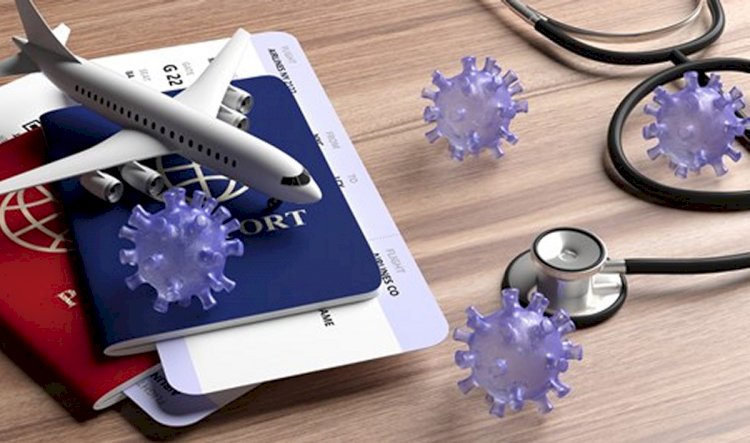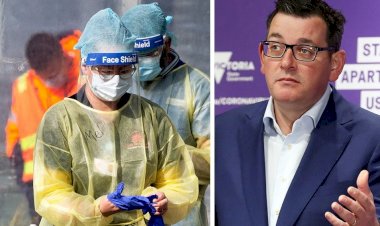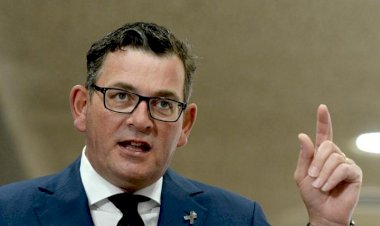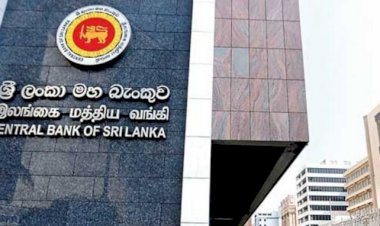Post-coronavirus, 'normal' travel may not resume until 2023

Overnight, much of the world went from over-tourism to no tourism. Since then, locals have seen how their lives have improved without those insane crowds: clear skies with vistas stretching for miles, a drastic reduction of litter and waste, clean shorelines and canals, and a return of wildlife.
Now easing of travel restrictions has begun. This month, the countries of the European Union will reopen their internal borders, and they plan to allow travel from outside the block some time in July. Singapore and China have begun permitting essential travel between them, but only for passengers who test negative for the coronavirus, use a contact-tracing app, and don’t deviate from their itinerary. Iceland will allow tourists, but it plans to test them for the virus at the airport.
The airlines and the travel agencies have staggered across the globe with the impact of the epidemic. But the real question is, how many of them will be able to survive the slowdown? How long will it take for them to recover? And when the industry will recover? Right now, there is no model to draw definite answers to these questions. But, everybody is keen to find them. There is no modern tech to draw these answers.
However, it is believed that the travel industry might not get the same traffic as it was receiving in 2019 until 2023.
According to global travel specialists Atmosphere Research Group, that recovery timeline will slowly stretch out for two full years.
There's no model for this no modern-times equivalent to draw upon but according to Research Group, that recovery timeline will slowly stretch out for two full years after COVID-19 is declared as being "under control".
That of course remains the X-factor, and the San Francisco think-tank hasn't defined what this milestone may look like: is it the infection curve being well and truly flattened, or does it mean the arrival and widespread distribution of a vaccine?
However, Atmosphere Research Group concurs with other forecasters and industry executives in that the recovery will be a gradual return rather than a fast bounce-back, and led by domestic travel.
Airlines are likely to rebuild their networks, especially on the international front, beginning with key routes but with a strategic focus on capacity which will favour smaller and more fuel-efficient aircraft such as the Airbus A350 and Boeing 787 over the likes of the double-decker Airbus A380.
Folowing is the information published in number of travel sites based on Atmosphere Research Group’s research
As stated, travel may not be normal until 2023 even post-coronavirus. Even then we cannot conclude that there will be a specific timeframe within which travel will become back to normal. So how do we define what is the estimated recovery time for the industry? First of all, we all will have to assume that COVID-19 is declared as under control towards the end of the year. But as said, the recovery will be slow, hence we divide the time into 4 phases.
6-9 Months:
So keeping in mind that the “under control” situation of the epidemic is towards the end of the year which means that the first 6-9 months will take us into mid of 2021. So the first 6-9 months of post-coronavirus travel will see a few traveling out. Now as per Atmosphere Research Group, they are termed as ‘tiptoe travelers’.
Basically, this group will consist of travelers going out for personal or leisure-based trips. Although, it is expected that there will be some business travelers too during this period. This group will be better educated and from the highest income groups, suggests the Atmosphere. They can be described as ‘first to fly’ or ‘cabin fever escapees’. Their major focus will be on domestic travel while some will long-range international travel.
8-16 Months:
Now till this phase, we might land up in mid-2022. The Atmosphere predicts that this group will be termed as ‘pioneers’. And this group will be led by business travelers majorly. Nevertheless, the group will also include mid-to high-tier frequent flyers, with a household income of US$125k and higher. This group will be traveling mainly on international flights.
12-18 Months:
By now, many will start following the trend and will join the rush. The phase is expected to take place around late 2022. Now, this will be the time when the travel industry will experience a ‘near-normal volume of travelers’. And this phase will experience bookings for the first class and business class. By late 2022, the travel is likely to get back to normal or atleast close to the old normal.
16-24 Months:
After the COVID-19 is considered under control ( if the COVID-19 is under control by the end of this year), then it will be the time for leisure travelers. They will be the ones who will return and that’s when the industry will reach 80-90% of pre-virus leisure volume. In simple terms, by the end of 2022, the travel industry is expected to receive 80-90% of its traffic volume which was before the virus.
Atmosphere expects that after 24+ months (2023), travel will be “at or above pre-virus traffic”. As if right now, we can only hope that the epidemic gets under control by the end of this year so the recovery can start. It is clear that the virus has impacted the travel industry and the recovery period is too long. There are chances that many might not be able to survive or keep up with the pandemic led slowdown.
With uncertainty and fear hanging over traveling, no one knows how quickly tourism and business travel will recover, whether we will still fly as much, and what the travel experience will look like once new health security measures are in place. One thing is certain: Until then, there will be many more canceled vacations, business trips, weekend getaways, and family reunions.
Irrespective of the nature of the business, the virus has impacted many others too. During the epidemic, the best we all can do is to stay home and stop the spread so that the situation can be controlled as soon as possible.




 mode1
mode1 



































